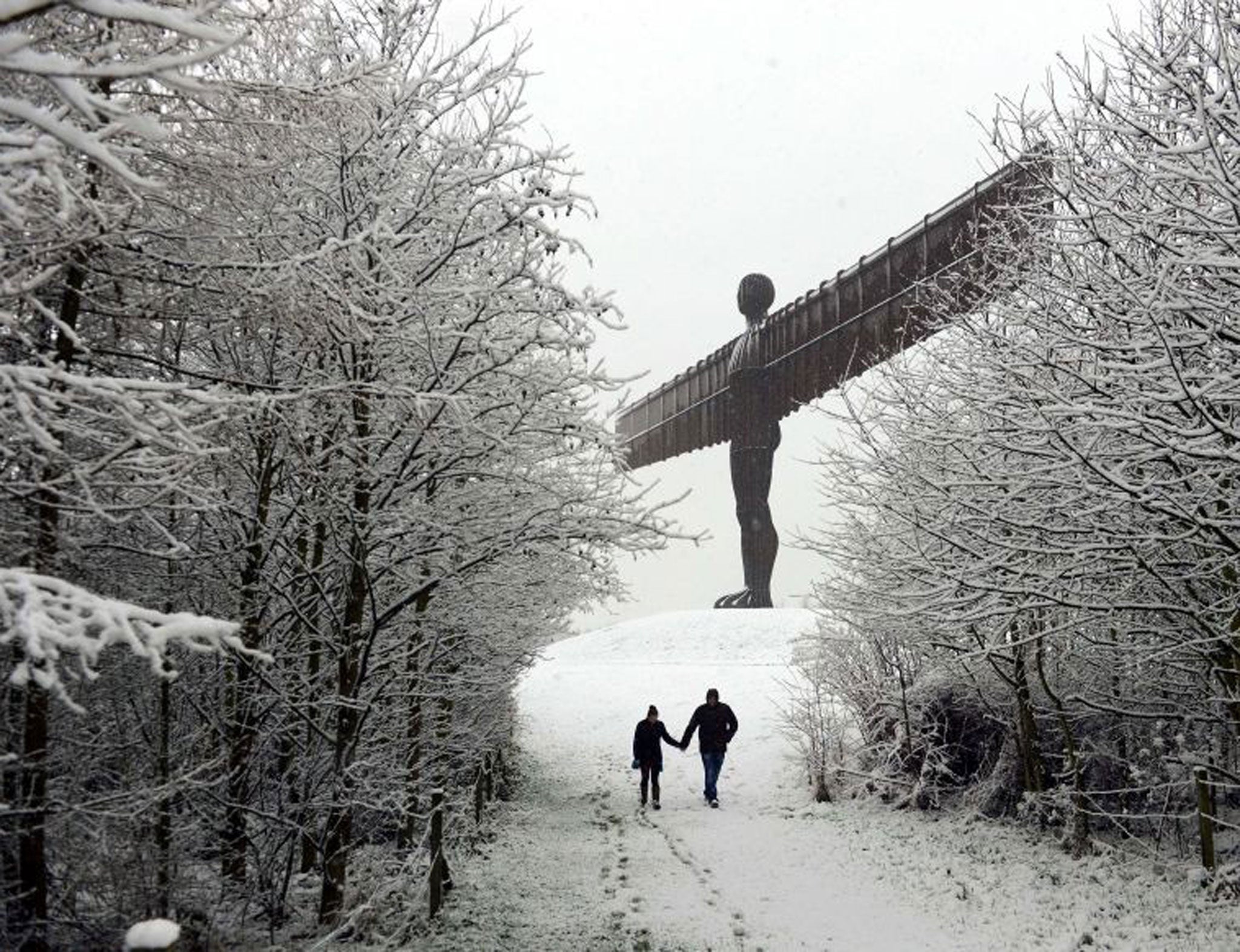New Scotland explained: Could the north of England really break away from Britain?
It would be very difficult for a number of reasons

Your support helps us to tell the story
From reproductive rights to climate change to Big Tech, The Independent is on the ground when the story is developing. Whether it's investigating the financials of Elon Musk's pro-Trump PAC or producing our latest documentary, 'The A Word', which shines a light on the American women fighting for reproductive rights, we know how important it is to parse out the facts from the messaging.
At such a critical moment in US history, we need reporters on the ground. Your donation allows us to keep sending journalists to speak to both sides of the story.
The Independent is trusted by Americans across the entire political spectrum. And unlike many other quality news outlets, we choose not to lock Americans out of our reporting and analysis with paywalls. We believe quality journalism should be available to everyone, paid for by those who can afford it.
Your support makes all the difference.A petition calling for the North to secede from England and become part of Scotland has got over 28,000 signatures. How practical would this be?
Where would become part of Scotland?

The authors of the original petition have drawn a line south of Sheffield, Liverpool, and Hull.
The new border would run between the River Dee and the mouth of The Humber, with the three UK regions of the North West, the North East, and Yorkshire and the Humber included.
Stoke, Nottingham, and Derby would narrowly miss out on being part of New Scotland.
Why do people want it to happen?

The petitioners feel that the Government of the UK is “becoming increasingly irrelevant to the north of England”.
The only cabinet minister with a seat in the North of England is George Osborne himself, who represents Tatton and Cheshire.
“The needs and challenges of the north cannot be understood by the endless parade of old Etonions lining the frontbenches of the House of Commons. The north of England should join the newly independent Scotland and regain control over its own destiny,” they say.
The petition's success comes after an election in which Scotland was swept by an SNP positioning itself to the left of the Labour party, a stance apparently appealing to many northern cities. A poll before the election found that millions of people in England and Wales would vote SNP if given the opption.
How could the North join Scotland?

Northern secession to Scotland would face number of significant hurdles. At the very least, there is a precedent that a referendum would have to be held and won.
After a referendum, the results would have to be accepted by both the UK government and the Scottish government.
But even getting to the point at which a referendum was held would be difficult. The north as a whole has no regional assembly or parliament like Scotland in which such a debate could be conducted and separatist politicians elected to.
Realistically, individual local councils would either have to hold referenda, or a vote would have to be organised independently of the state using civil society organisations.
It would be nigh-on impossible to get all the 70+ northern local authorities to agree to the former, while the latter would probably be ignored by central government.
If a referendum was secured it would be a huge turnaround from the one held under the last Labour government where the North East rejected even having a regional assembly.
Border towns could in theory hold local referendums and secede in a piecemeal manner. Other possibilities like unilateral annexation of the North by the Scottish Parliament or armed insurrection are even more remote possibilities.
Has this ever happened anywhere before?

The good news for secessionists is that transfers of territory between states have historically been fairly common. The bad news is that annexations have unfortunately have historically usually involved violence.
The most recent examples tend to involve Russia. South Ossetia, a disputed territory in the caucasus, is being absorbed into Russia after a brief war in 2008. A 1992 referendum held in the region was not recognised as valid by most countries.
The Crimea has also been annexed from Ukraine by Russia, though again under circumstances of conflict. A referendum was held in the territory in 2014, though again, it was not widely recognised.
It could be argued that conversely, many former constituent republics of the USSR were transferred to the European Union after gaining national independence.
Join our commenting forum
Join thought-provoking conversations, follow other Independent readers and see their replies
Comments